NIL
Members of the 1983 NC State men’s basketball team suing the NCAA :: WRALSportsFan.com
The NCAA wants to dismiss a case brought by some members of the 1983 NC State men’s basketball team, who are seeking payment from the NCAA for its continued use of highlights from the team’s title run. Show Transcript CRABTREE COUNTY PARK. WE SHALL SEE. TODAY. MEMBERS OF THE 1983 CARDIAC PACK. WE’RE BACK IN […]
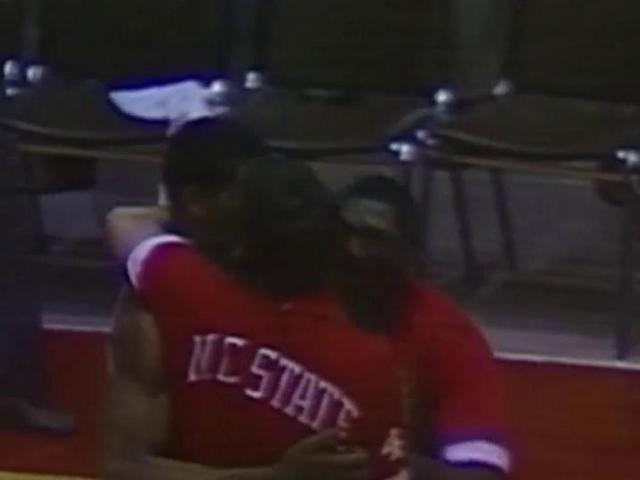
NIL
Tate Level playing field a moving target
May 27—In competition, all anyone — you, me or our rival — should ask for is a level playing field. But football, the premier college sport, isn’t fair, and doubly so since 2021 when unregulated dollars were allowed to “buy” teams with fake name, image and likeness deals. Advertisement Illini coach Bret Bielema takes pride […]

May 27—In competition, all anyone — you, me or our rival — should ask for is a level playing field.
But football, the premier college sport, isn’t fair, and doubly so since 2021 when unregulated dollars were allowed to “buy” teams with fake name, image and likeness deals.
Advertisement
Illini coach Bret Bielema takes pride in Illinois’ 10-3 season in 2024 while pointing out that he was “working off a $5 million pool” of player salaries, while Big Ten champion Oregon, national champion Ohio State and several others were “north of $20 million.”
So, while Illinois is currently paying several times more than last year’s salaries, Bielema says traditional elites are outrunning the July 1 deadline on capped NIL payments by entering the $35 to $40 million category.
Whatever Illinois, Iowa, Indiana and their mid-level partners do, they are forever outspent. And if they have a special season, everyone understands that it can’t be sustained under the present rules.
Relief on the way?
Advertisement
Amazingly, we are simultaneously at an all-time competitive low with this insane avalanche of pay-for-play dollars pouring into the 2025 season and — hold your breath — perhaps only a year away from a setup that would establish long-overdue competitive balance.
How can that be? All-time unfairness in 2025! And just the reverse beginning in 2026?
Excuse me for hallucinating about the long-term future. Optimists in this business always hit unexpected snags. But, at least, college administrators are presenting a good idea for dissidents to shoot at.
Commissioners, administrators and leaders of the four major conferences — Big Ten, Big 12, SEC and ACC — have constructed a document that is circulating for acceptance. The document keeps football within the NCAA for academic and other reasons, but would transfer rules enforcement to a new College Sports Commission, and require strict adherence to market value of NIL payments over $600.
Advertisement
Stepping in to help?
With compensation off the NCAA plate, legal liability on NIL debates would fall to the new commission.
And here’s the kicker: Any school unwilling to sign the document faces possible expulsion.
All this assumes the House v. NCAA anti-trust case is finally settled.
Then, if by some miracle the circulated document is signed by all, it means football players would receive (1) a portion of each school’s $20.5 million allowable all-sports distributions and (2) any permitted NIL income, with anything over $600 being carefully scrutinized by a non-NCAA agency.
Why, you might ask, would Oregon and Georgia and Alabama and other dominant programs be willing to give up their monetary edge? Would they willingly engage in reforms that would limit their advantages and benefit the whole? The questions abound.
Advertisement
Shopping spree
Where does Tennessee stand? Just this month, the legislature there passed a law making it permissible for universities in that state to reject rules governing revenue sharing, and denying any punishment for inappropriate collective deals. They are determined to be, shall we say, above the rules, and others are certain to follow.
We are, as you might suspect, a long way from home on enforcement. And even more so with attorneys lined up with cases headed for the post-July 1 docket.
It seems to me that schools rejecting the document are announcing their desire to operate beyond the rules … and should be allowed to go their own independent way.
Bielema, growing as a spokesman in this massive disorder, said it best: “Whether we’re all shopping at Walmart or Louis Vuitton, as long as we’re all shopping in the same mall, I can live with that.”
NIL
Xavier, UConn NCAA Tournament Snubs Create Confusion For Mid
Image credit: UConn coach Jim Penders (Getty Images) All the emotions you’d expect came rushing in at once—disappointment, anger, heartbreak for players who may never get another shot at the NCAA Tournament. Confusion. Sadness. There’s no consolation prize for Billy O’Conner. If one exists, he doesn’t want it. Instead, the eighth-year Xavier coach is searching […]
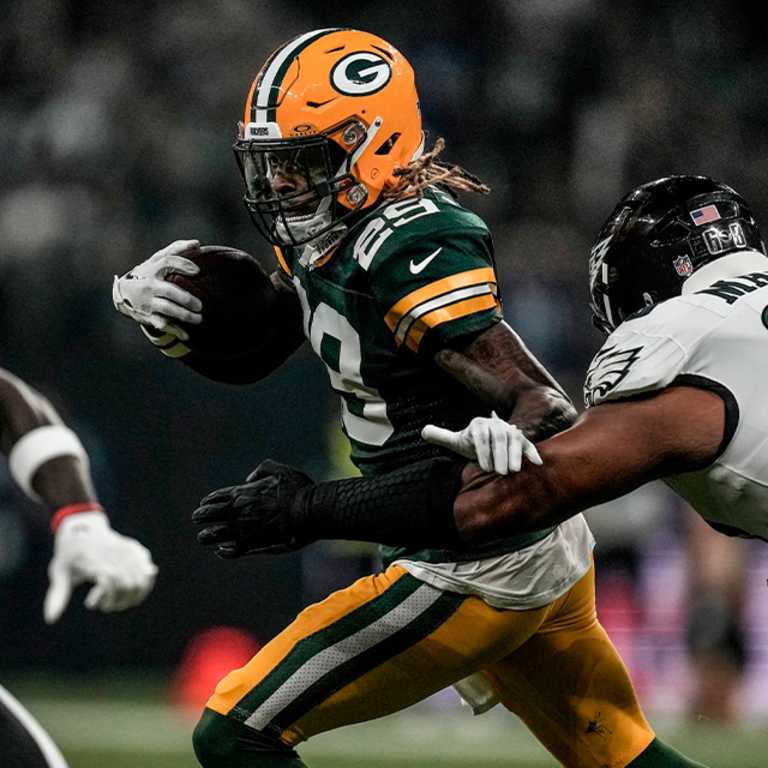
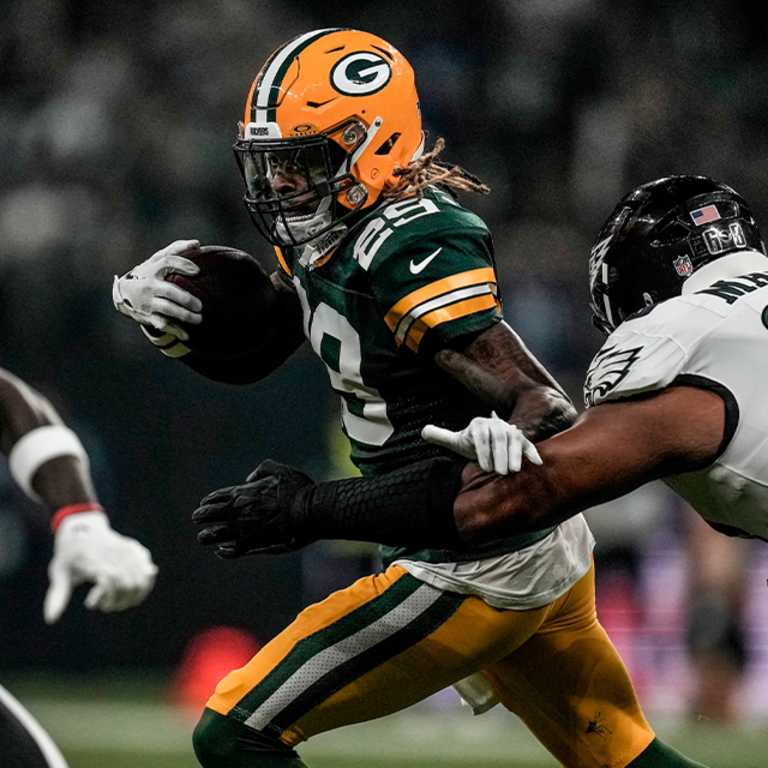

Image credit:
UConn coach Jim Penders (Getty Images)
All the emotions you’d expect came rushing in at once—disappointment, anger, heartbreak for players who may never get another shot at the NCAA Tournament. Confusion. Sadness.
There’s no consolation prize for Billy O’Conner. If one exists, he doesn’t want it.
Instead, the eighth-year Xavier coach is searching for answers from this year’s selection committee about what more his team could have done. The Musketeers produced the No. 33 overall strength of schedule, the No. 4 non-conference strength of schedule, and finished the season ranked No. 39 in RPI, the highest of any team left out of the field of 64.
O’Conner wants to understand the message not just from this year’s committee, but from the ones to come.
What more must his program, and mid-majors like it, do to avoid this kind of heartbreak again?
“Perfection is not attainable in this sport,” O’Conner told Baseball America just a few hours after the selection show. “So it’s like, I think that some of the frustration stems from like, ‘What is it?’ What goes into it? Because it feels like a moving target.”
The Musketeers had all the résumé markers typically associated with selection: 16 combined Quad I and II wins—more than Kentucky (12), which made the field comfortably, and Southeastern Louisiana (eight), which didn’t make the tournament but was still listed ahead of Xavier on the “First Four Out.” That inclusion was especially puzzling given Jay Artigues’ dual role as committee chair and Southeastern Louisiana’s athletic director.
Neither O’Conner nor UConn coach Jim Penders spent a second criticizing Southeastern or Kentucky or any other team that did or didn’t make it. Their argument wasn’t rooted in another program’s credentials. It was rooted in confusion over their own.
“Our season was not perfect this year, right?” O’Conner asked rhetorically. “We didn’t go 56-0. We didn’t win every game on our schedule. But I feel that we did what the committee has historically asked a program like ours to do to give themselves a chance to be in the mix for an at-large berth. And I think we did it fairly well.”
Penders echoed the sentiment.
“You look at the schedule that we play and we crisscross the country and try to build up the RPI as much as possible, knowing that we’re going to have some drags on it later on that are unavoidable,” Penders said. “I felt like we did all that we could do, and we were penalized.”
| Kentucky | Xavier | Connecticut | Southeastern Louisiana | |
| RPI | 38 | 39 | 41 | 54 |
| SOS | 8 | 33 | 80 | 130 |
| Non-con SOS | 191 | 4 | 48 | 251 |
| Q1 record | 8-19 | 5-12 | 7-11 | 0-3 |
| Q2 record | 4-1 | 11-12 | 5-4 | 8-3 |
| Q3 record | 7-3 | 5-2 | 9-6 | 18-8 |
| Q4 record | 10-1 | 11-1 | 17-0 | 11-2 |
Artigues, speaking on behalf of the committee, said Xavier and UConn were left out due to their conference schedules, which included just one Quadrant I series for Xavier and two for the Huskies.
“If you look at UConn, the Big East after the top three, it doesn’t have another team in the top 100 (of RPI), and that kind of hurts them,” Artigues said. “UConn started out 13-7, then they won 25 of the last 29, but only seven of those games were against top 100 RPI teams… and UConn was 3-6 against the top teams in that conference.
“There was a lot of talk about Xavier, and they challenged themselves, and non-conference strength of schedule is very important. But you do have to win those games, some of those games at least. If you look at Xavier, in one trip they played, I think it was Tennessee, LSU, Southeastern Louisiana and Vanderbilt. They went 0-6 and they got outscored nine to 63 or 68, so it was really lopsided, not even competitive in that. So if you (have) the non-conference strength of schedule, which is really important, you do have to win some of them.”
Ask O’Conner, Penders or Big East assistant commissioner James Greene, though, and they’ll all tell you that Artigues’ argument falls flat.
And they’re right to question the logic. The conference schedule is unavoidable—a fixed set of matchups dictated by league membership, not by choice. That’s precisely why both UConn and Xavier scheduled so aggressively outside the league.
They knew the Big East’s lower half would drag on their metrics come April. So they front-loaded their resumes with high-end opponents—SEC powers, ranked road trips, top-50 RPI matchups—to insulate themselves from the very argument the committee seemingly invoked to keep them out.
“I think it’s a little bit of a wake up call,” Greene said. “We all felt pretty good that had Creighton not wound up winning the tournament, and had Xavier or UConn done it, that Creighton would have been in that conversation. But based on the way the field came out, I’m not sure that would have been the case.”
That’s the part that stings: even doing things “the right way” wasn’t enough. Penders, in his 22nd season at UConn, built a schedule full of road gauntlets and resume-boosters from a one-off game against now-national No. 1-seed Vanderbilt (a contest the Huskies won) to a series against Miami. He just thought there’d be a reward for surviving it.
“Ultimately, I don’t want to just get into the tournament, I want to win a national championship,” Penders said. “So if I want to win a national championship, you kind of have to continue to schedule tough.”
O’Conner, whose team faced the fourth-hardest non-conference schedule in the nation by the metrics, also spoke to the value of intense match-making.
“My goal as a coach is I want to put the opportunities in front of our players,” O’Conner said. “We got to go win games. We got to go beat Vanderbilt. We got to go beat Stanford. We got to go beat LSU or Tennessee or Oregon State or whoever it is. But those opportunities are there.”
Now, though, O’Conner and Penders are left to wonder if that method is actually worth it. It’s hard to know what matters, they said without knowledge of each other’s comments. RPI? Strength of schedule? Quad-I wins? Head-to-heads?
Xavier and UConn posted better RPIs than three at-large teams (Oklahoma State, USC and Arizona State). Xavier’s overall strength of schedule exceeded those of 31 teams that made the field, including five of the 16 hosts. Connecticut’s 7-11 Q-I record was better than fellow bubble teams. Xavier actually beat Kentucky head-to-head.
“RPI matters until it doesn’t,” Greene said. “Where’s that line? From year to year, that line seems to switch or move.”
“It just felt like the committee was overlooking us,” he added. “That really sticks out to me.”
The Big East’s plight is one faced by every mid-major league in an increasingly top-heavy college baseball landscape that this year saw 30 of the 35 at-large bids go to teams from the SEC (12), ACC (eight), Big 12 (seven) and Big Ten (three). Independent Oregon State also locked up an at-large berth, leaving just four for mid-majors, including the Sun Belt, the fewest since the NCAA adopted the 64-team super regional format in 1999.
As such, it’s clearer than ever that programs like Xavier and UConn don’t have margin for error. And this year, the lesson they learned is even harsher: do everything right, and it still might not matter.
“If we are encouraging good teams to play good teams, that is great for the game of baseball,” O’Conner said. “If we are telling teams to just accumulate wins by any means necessary, that’s really bad for college baseball. That’s a bad product people are going to watch.”
Penders agreed, but highlighted the difficulties.
“Most of [the SEC teams] won’t play us,” he said. “They don’t want to play us and I don’t blame them. I mean, you don’t want to have a series loss to Connecticut on your resume. But what are we going to do? We got to keep marching on and try to find people that will play I think.”
That’s why this cuts so deeply. It’s not just about a tournament snub—it’s about how it feels to pour everything into the system and still walk away empty-handed and with far more questions than answers.
“There’s never going to be somebody that’s looking out for Xavier,” O’Conner said. “We’ve got to make it to a point where they can’t ignore us.”
Until then, he’ll keep scheduling the SEC powers. He’ll keep building the hardest possible non-conference gauntlets. He’ll keep believing that merit matters—even when the results suggest otherwise.
“We’re going to go down the same pathway again,” O’Conner said. “And we’ve got to get better. We’ve got to execute at a higher level. We’ve got to be ready for the challenges that are coming our way.”
Because there’s no other option. Not for Xavier, UConn or the rest of the mid-majors trying to do it the hard way and still hoping that it will be enough.
“It’s very difficult to look your guys in the eye and say, ‘We’re going to run through that brick wall, and then we’re going to do it again and again and again, and I promise you it’s going to work out,’” Penders said. “And then days like today make me feel a little bit like a liar.”
NIL
Texas A&M Coach Frustrated With Lack of Clarity in Upcoming NCAA Settlement
The impending House vs. NCAA settlement approval is expected to shake up NIL and college football in some significant ways. Everything from NIL salary caps to roster limits will be implemented in some fashion or another starting on July 1. While many view this new framework in a largely positive light, some have voiced concerns […]
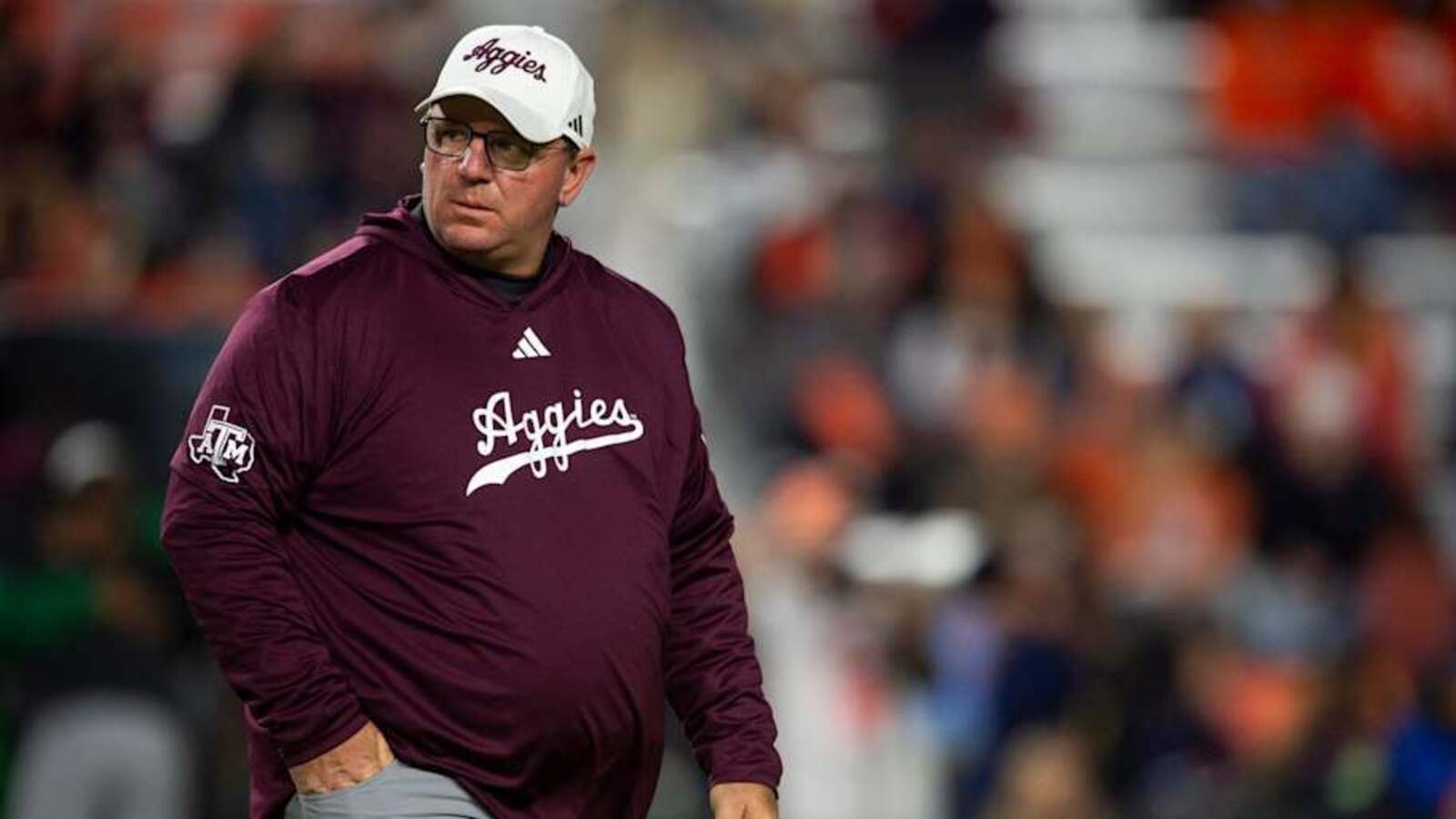
The impending House vs. NCAA settlement approval is expected to shake up NIL and college football in some significant ways. Everything from NIL salary caps to roster limits will be implemented in some fashion or another starting on July 1.
While many view this new framework in a largely positive light, some have voiced concerns over the expedited nature of the implementation and how the rules are, in essence, being switched around on programs in the middle of the offseason.
One prominent figure who falls into this category is Texas A&M Aggies head coach Mike Elko, who recently discussed his frustrations with the uncertainty surrounding the settlement implementation at the annual SEC spring meetings.
According to Outkick’s Trey Wallace, Elko’s frustrations primarily centered on the proposed $20.5 million revenue-sharing cap.
He compared it to the NFL model, noting that they would never suddenly decide to change their cap rules in the middle of the offseason.
“I couldn’t imagine an NFL team getting halfway through the offseason and deciding to change their salary cap rules,” Elko said. “That’s what I guess we’re doing.”
Elko’s frustrations aren’t entirely without merit, as nobody truly knows just how much these new regulations will change the college football landscape until they are actually put into place.
The salary cap is just one of many groundbreaking changes that could be implemented.
The new rule is set to allow athletic departments to pay their student-athletes directly, with a cap of $20.5 million to be split among each sport. Athletes will still be allowed to receive outside NIL endorsements, but these will now require approval from an independent clearing house.
Roster limits are also expected to be added to the sport, with each school allowed to have up to 105 athletes on their football roster each season, which is 20 more than the 85 scholarship limit the NCAA had been allowing up to this point.
It’s clear that this new era of NIL is going to cause far more confusion than answers at the outset, but it’s something Elko and every other coach will have to deal with.
More NIL News
NIL
Carson Beck under pressure to deliver as 'mystery coach' calls out Miami $4.5M NIL deal
In the world of college football, Name, Image, and Likeness (NIL) deals have become a major factor in recruiting and player recognition. There haven’t been many bigger NIL recipients than Carson Beck, the Miami Hurricanes‘ quarterback, who found himself under the spotlight after an ACC coach openly questioned the logic behind Beck’s reported $4.5 million […]



In the world of college football, Name, Image, and Likeness (NIL) deals have become a major factor in recruiting and player recognition. There haven’t been many bigger NIL recipients than Carson Beck, the Miami Hurricanes‘ quarterback, who found himself under the spotlight after an ACC coach openly questioned the logic behind Beck’s reported $4.5 million NIL deal.
This critique has sparked a conversation about the value of such contracts and what exactly justifies such a large investment in a college athlete. Beck, who transferred to Miami from Georgia, was hailed as a significant pickup for the Hurricanes. However, the hefty NIL contract has raised eyebrows among some in the coaching fraternity.
Jeremiah Smith, the stellar Ohio State weapon, predicts with his game, not with cheap talk
One ACC coach remarked, “I don’t know what he’s done to justify that kind of deal.” This statement reflects skepticism about whether Beck’s on-field performance and potential truly match the financial commitment Miami made in securing his services.
The skepticism revolves not only around Beck’s past achievements but also his future trajectory in a competitive ACC environment. While Beck has shown flashes of talent, some believe the figures attached to his NIL deal are disproportionate to his current impact on the field. This has led to a broader debate on how NIL agreements are determined and whether hype sometimes overshadows tangible accomplishments.
Reviewing GM Brad Holmes Detroit Lions 2025 Draft Strategy
Evaluating Beck’s potential and the NIL landscape
Beck’s transfer to Miami was met with high expectations, given his previous performances and leadership abilities. The Hurricanes are counting on him to elevate their offense, but the question remains whether his NIL valuation reflects projected future success or current credentials.
NIL deals have reshaped college athletics, with some athletes securing lucrative agreements early in their careers based on perceived potential rather than proven results. The anonymous ACC coach’s remarks only highlight the tension between market-driven valuations and traditional assessments based on performance metrics.
Despite the criticism, Beck remains focused on proving his worth on the field. Miami’s coaching staff has publicly expressed confidence in his abilities, emphasizing his leadership and work ethic. The Hurricanes believe Beck’s presence will not only improve their offensive output but also attract further NIL opportunities, thereby reinforcing the program’s position in the NIL-driven recruiting landscape.
Beck, who served as Georgia’s starting quarterback from 2023 to 2024, showcased impressive performance metrics over his tenure. In the 2023 season, he threw for 3,941 yards, completing 302 of 417 passes (72.4%) for 24 touchdowns and six interceptions. His 2023 passing yard total ranks second in Georgia’s single-season history, only behind Stetson Bennett’s 4,127 yards in 2022.
The NIL market continues to evolve rapidly, with schools investing heavily to secure top talent. Miami’s bold move to back Carson Beck financially is indicative of the competitive nature of college football’s new era, where branding and marketability play an increasingly vital role alongside athletic skill.
As the season progresses, all eyes will be on Beck to see if he can justify the faith – and the multimillion-dollar contract-placed in him. His performance could set a precedent for how NIL deals are perceived in terms of balancing hype with tangible results on the gridiron.
While critics question the justification, supporters highlight the evolving nature of college football where potential, branding, and on-field leadership all contribute to an athlete’s worth. Either way, Beck’s journey at Miami will be closely watched as a case study for the future of NIL contracts in collegiate sports.
NIL
The College Football Transfer Portal is Moving, but to When?
The NCAA created a big mess by opening up a can of worms with little to no advanced planning. The four-letter “non-profit” threw its constituents a bone by giving them the transfer portal and NIL. It turned into an avalanche of lawsuits that threaten the entity’s existence. You cannot put the toothpaste back into the […]
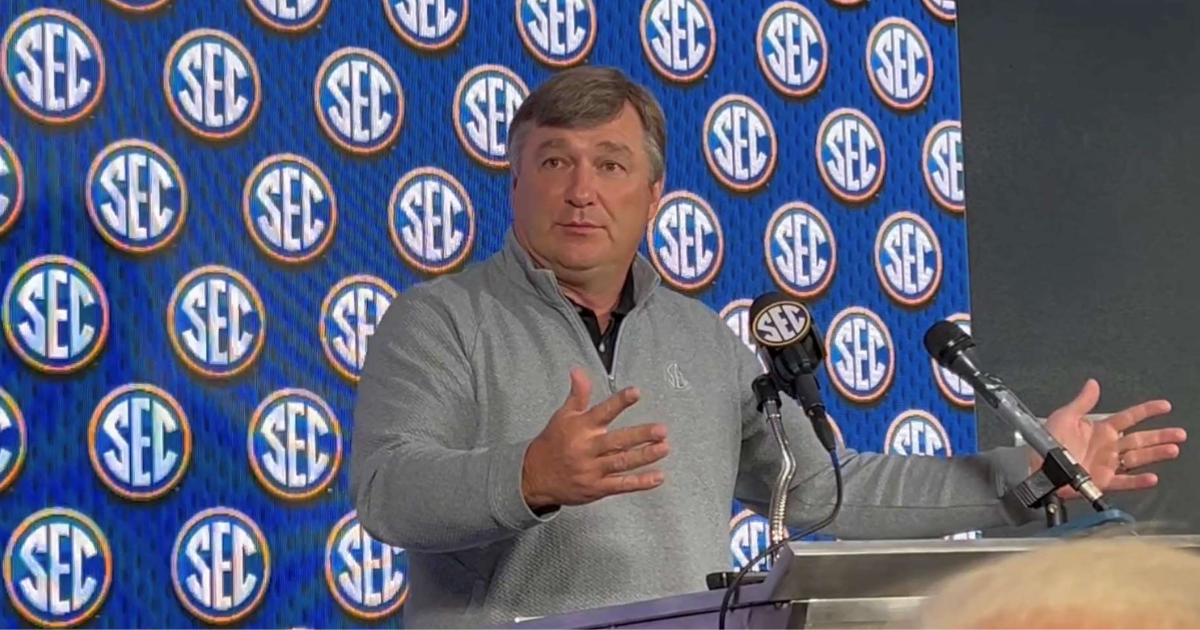
The NCAA created a big mess by opening up a can of worms with little to no advanced planning. The four-letter “non-profit” threw its constituents a bone by giving them the transfer portal and NIL. It turned into an avalanche of lawsuits that threaten the entity’s existence.
You cannot put the toothpaste back into the tube, but you can spread that toothpaste out more evenly over a couple of brushes. Right now, the sport of college football has an entire tube of toothpaste on the brush for the month of December.
After the Super Bowl, the NFL has free agency in March, followed by the draft in late April. College football ends its regular season. Less than a week later, it holds its draft (Early Signing Period), then begins its one-month free agency period (transfer portal), most of which is wrapped up before the postseason concludes.
It’s a damn mess.
The calendar is unsustainable. The powers that be tried to alleviate strain on college football coaches by moving up the Early Signing Period to the first Wednesday in December. It removed in-home visits from the recruiting process, but gave coaches more time to specifically focus on securing visits and landing players from the transfer portal.
This year’s transfer portal opened on Monday, Dec. 9. There was also a second window following spring practice. Both are subject to change and there is growing momentum around the sport to make it happen.
Transfer Portal Potential Changes
Earlier this year at the AFCA Convention, coaches lobbied to eliminate the spring transfer portal window. I think most would agree that the sport can still operate successfully with just one transfer portal window. The biggest question is when will the transfer portal open and who will make that decision? Kirby Smart has some thoughts.
“I think it’d be a great question to ask some people, but my opinion is the implementation committee, which comes from the settlement,” Smart said from the SEC spring meetings in Destin. “Appointed [10] ADs, two from each Power conference, who hear the conference’s perspective. And ultimately, those [10] ADs – which are appointed coming off the settlement – will have to make a lot of implementation decisions that are not part of the settlement. The ‘nuggets,’ let’s call it. Here’s the settlement, and then the nuggets are going to come from these [10] ADs.”
Kentucky’s Mitch Barnhart would be among the ten who would make that decision. Smart made a case for opening up the transfer portal in January.
January makes sense on the football calendar, only interfering with a few teams still playing in the CFP, but it interferes with the academic calendar. Unless schools make changes, there isn’t enough time to transfer schools before spring semesters begin.
Greg Sankey made it clear that SEC coaches want the transfer portal in January. Big Ten coaches are lobbying for March or April, and there’s one more proposal.
A May transfer portal date has been kicked around by some administrators. It makes the most logical sense in this humble blogger’s opinion. It’s the only vacant month on the calendar, and it would give the sport a nice kick in the news cycle during an otherwise dull time, right before the start of the official college football new year at spring meetings. However, coaches don’t want their future players working out at other schools in the spring. They want them on campus ASAP.
Changes are coming to the transfer portal, and like so many changes in college football, there are no easy answers.
NIL
‘We’re waiting as patiently as we can’: SEC is in limbo waiting on House settlement
The world of college sports is scheduled to change drastically on July 1 when schools can start directly paying student-athletes for the first time in NCAA history. Except there is just one big problem — the settlement has not been passed. Everyone in the college sports space is still awaiting word on from Judge Claudia […]
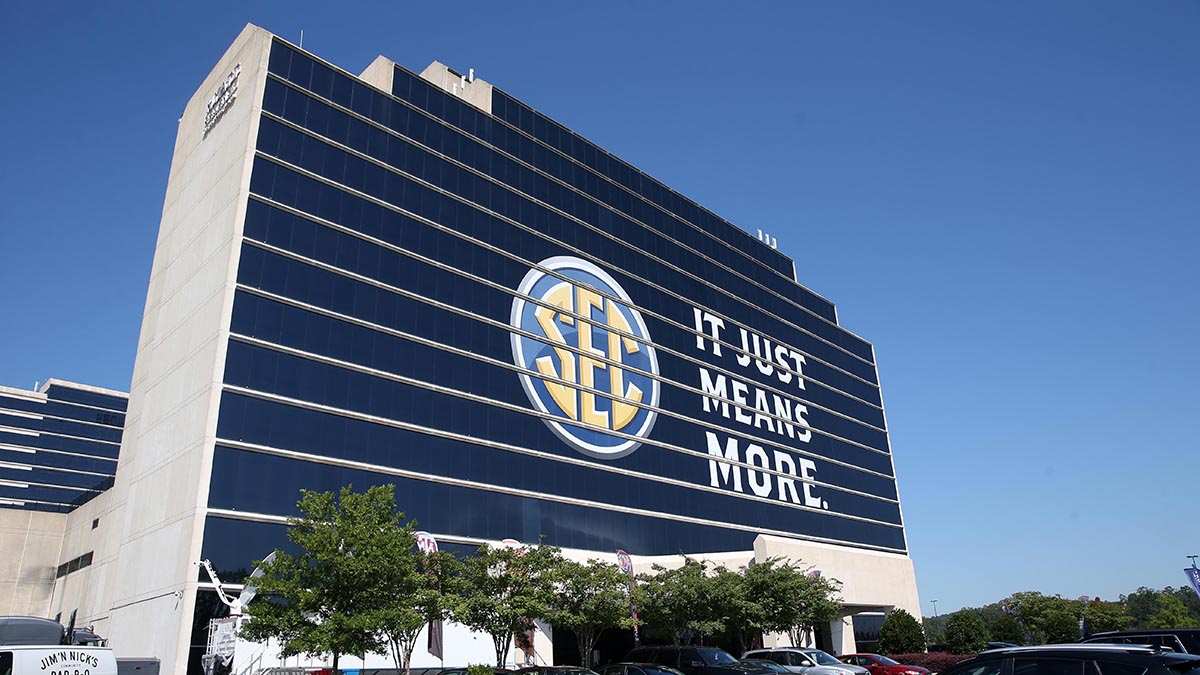
The world of college sports is scheduled to change drastically on July 1 when schools can start directly paying student-athletes for the first time in NCAA history. Except there is just one big problem — the settlement has not been passed.
Everyone in the college sports space is still awaiting word on from Judge Claudia Wilken if the settlement will be passed after the NCAA and its lawyers were asked to make adjustments to the roster limit rules. The expectation is that this will go through but you just never know until it’s final.
“We’re waiting as patiently as we can,” SEC commissioner Greg Sankey told the media on Monday at the league’s annual spring meetings.
The SEC and all of the other power conferences are all-in on this revenue-sharing plan that will hopefully provide them with structure and a governing body system that can enforce rules and help limit the pay-for-play era with third parties heavily involved in sports. However, things can change quickly if Judge Wilken turns down the settlement. Sankey was asked about alternate options if that denial occurred. The most powerful man in college athletics would not get into details but billable hours almost always find a way.
“I think there are likely several. And I’ll let my lawyers speak to that within my room rather than publish it,” Sankey explained. “I think we’re still waiting and focused on preparing for a settlement as has been presented at this point.”
“I think we’ve prepared as well as we are able. Now anytime something is new, I’ve said this, there’s going to be turbulence. There’s going to be questions to be answered.”
Greg Sankey says that the SEC has multiple alternative courses of action to take if the settlement is turned down. For now, the league plays the waiting game while the clock ticks. Revenue-sharing is just 34 days away.
-

 High School Sports3 weeks ago
High School Sports3 weeks agoWeb exclusive
-

 Sports3 weeks ago
Sports3 weeks agoPrinceton University
-

 Sports3 weeks ago
Sports3 weeks ago2025 NCAA softball bracket: Women’s College World Series scores, schedule
-
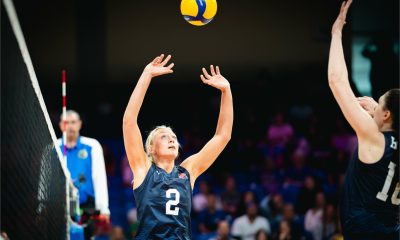
 Sports3 weeks ago
Sports3 weeks agoUSA Volleyball Announces 2025 Women’s VNL Roster
-

 Rec Sports3 weeks ago
Rec Sports3 weeks agoMontgomery County Honors First “Unsung Sports Heroes”
-
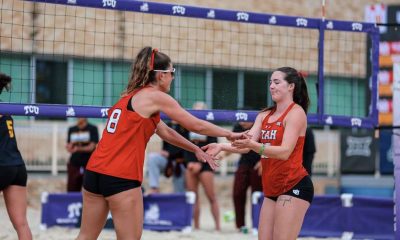
 Sports3 weeks ago
Sports3 weeks agoA fight to save beach volleyball and Utah athletics’ ‘disheartening’ answer
-

 Rec Sports2 weeks ago
Rec Sports2 weeks agoThe Program, a New Basketball Training Facility, Opening in Greenpoint This September
-

 College Sports1 week ago
College Sports1 week agoPortal Update – Basketball and Gymnastics Take Hits
-
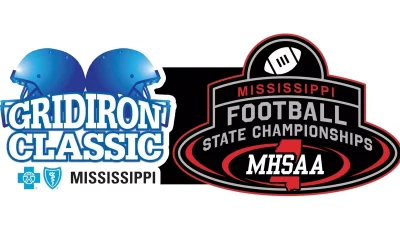
 High School Sports3 weeks ago
High School Sports3 weeks agoToday in the MHSAA
-

 College Sports3 weeks ago
College Sports3 weeks agoNew restaurant to open in State College | Lifestyle






























